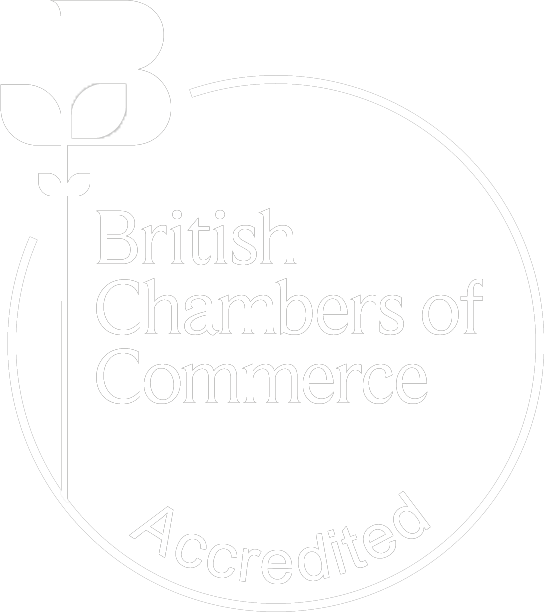Giving Edinburgh’s historic buildings a new lease of life: 5 examples of innovative reuse that have revitalised the city
Historic buildings are everywhere in Edinburgh. They’re what give the city its unique character which draws visitors from all over the world. They tell the city’s story and chart the social and cultural changes that have taken place over decades and centuries.
Giving these buildings a new lease of life when their original purpose comes to an end can bring lots of benefits, from retaining a strong sense of place and local identity to providing a boost for tourism and investment.
These buildings also have an important part to play in helping achieve net zero. In our daily lives, we know that cutting down on waste and doing more with less can help reduce our impact on the planet. The same principle also applies to our built environment. By retaining and reusing the buildings we already have, instead of building new, we can use resources more efficiently and cut down on the carbon emissions which are the key contributor to global warming.
Historic Environment Scotland (HES) champions the reuse of historic buildings by providing advice and guidance for planners and developers on how this can be done sensitively. We’ve picked five inspiring examples of creative reuse which show how our historic environment can contribute to a vibrant, greener Edinburgh.
Newhaven Free Church to Alien Rock Climbing Centre
8 Pier Place, Newhaven
Did you know that Scotland’s first dedicated indoor climbing centre is situated in a Gothic church?
Alien Rock opened its doors in Newhaven in 1994, in the atmospheric surrounds of what used to be Newhaven Free Church, also known as St. Andrew’s Church, which dates from 1852. With its coastal location and intricate maritime stone carvings to its exterior depicting boats, sea creatures and anchors, the church was colloquially referred to as the Fisherman’s Church.
The unique vertical space of the church, with its high vaulted ceiling, proved ideal for the climbing surfaces, as well as an upstairs gallery where visitors can relax and watch others scale the walls below.
Alien Rock has now been successfully operating for 30 years, and the sympathetic conversion has allowed the local landmark to continue in beneficial use after the closure of the church and has also inspired several other climbing centres in former churches elsewhere in Scotland.
Derelict industrial building to Edinburgh Printmakers
1 Dundee Street, Fountainbridge
Edinburgh Printmakers, an artist’s studio and workshop for printmaking, moved from the city centre to a new home in Fountainbridge in 2019. The building chosen was the last remnant of the famous North British Rubber Company, formerly a major city employer making everything from welly boots to hot water bottles. This brick-built survival of industrial Edinburgh was by then derelict and threatened with demolition. The building has been repurposed by Page & Park architects with a fabric-first emphasis on reusing rather than replacing structure and materials and features natural ventilation and low-energy heating and lighting.
The building’s red and yellow brick facades, for many years covered in muddy brown paint, are now again a prominent feature in the streetscape. The building provides a double-height top-lit printmaking studio, cafe, flexible workspaces and exhibition rooms.
Once threatened with loss, the Printmakers’ publicly accessible new home is a notable regeneration project within a rapidly changing quarter of the city. Its repair was grant-aided by HES.
Public swimming baths to Dovecot Studios
10 Infirmary Street, Edinburgh
The Infirmary Street Baths, Edinburgh’s first public swimming baths and washhouse, opened in 1887. Despite a serious fire destroying part of the building in 1960, the much-loved building celebrated over a hundred years of use before it finally closed in the mid-1990s.
The decaying building was at risk of loss until 2006 when Dovecot Studios, a renowned tapestry design and weaving centre first established in 1912, submitted plans to repair and reuse the building. Helming the project was Malcolm Fraser Architects. The conversion was finished in 2008 and retained many original features from the baths, including the main columned pool space with its upper balcony. Particularly useful was the vertical space built for the pool, which was perfect for hanging tall tapestry commissions.
Granton Railway Station to WASPS creative hub
Granton Station, Station Square
Granton Railway Station was first built to transport workers to the new Granton gasworks, which began operating in the early 1900s. The Station is one of the few surviving buildings of the gasworks, and its purpose-built design, which was entirely built around efficiently moving workers to and from the platforms as the trains ran through the middle of the station, made it challenging to re-purpose when it closed in the 1940s.
The B-listed building stood empty for many years until the City of Edinburgh Council recently led a project to restore and adapt it into a creative hub. It’s now run by WASPS, a charity that turns old buildings into creative spaces. The conversion created room for workspaces, with glimpses of the original matching red and yellow glazed bricks still inside. The repaired and restored building now faces a specially designed square, its new use giving it an exciting future within a reimagined and regenerated part of the city, working again for the Granton community.
Ale stores to Dynamic Earth
Dynamic Earth, Holyrood Road
Opened as part of an urban regeneration project for former industrial land in the Holyrood area with funding from the Millennium commission and the Scottish Government, Dynamic Earth is an earth science centre, a popular award-winning visitor attraction designed by Hopkins architects.
From the front, the building appears very modern, invoking the Millennium Dome or the Mound Stand at Lord’s Cricket’s Ground. Standing in the centre of the amphitheatre courtyard makes you feel as if the site is built into a hill, but if you walk around the sides of the building you will see that is actually built within the castellated and turreted stone walls of the 19th century Abbey Brewery ale stores, reportedly built to hide the brewery at the request of Queen Victoria. Dynamic Earth stands as a testament as to how new buildings can cleverly integrate historical features to enhance their design.
Steven Robb, Deputy Head of Historic Buildings at HES, said: “Historic buildings play a key role in creating Scotland’s sense of place and identity, and they are also the spaces where we live, work and spend our leisure time. Nearly 1 in 5 (18%) of our homes were built before 1919, and these traditional buildings also constitute 33% of retail space, 24% of office space and 41% of the spaces used by the public sector in Scotland.
“These examples of diverse buildings being creatively repurposed highlight the positive outcomes that are created when architects, community groups and local authorities come together to reuse our built heritage.
“We are delighted to support projects like these, and to show that historic buildings can be part of Scotland’s sustainable future”.
To find out more about HES’s work to support adaptive reuse of historic buildings, and why #HeritageMatters for net zero, visit the HES website.













